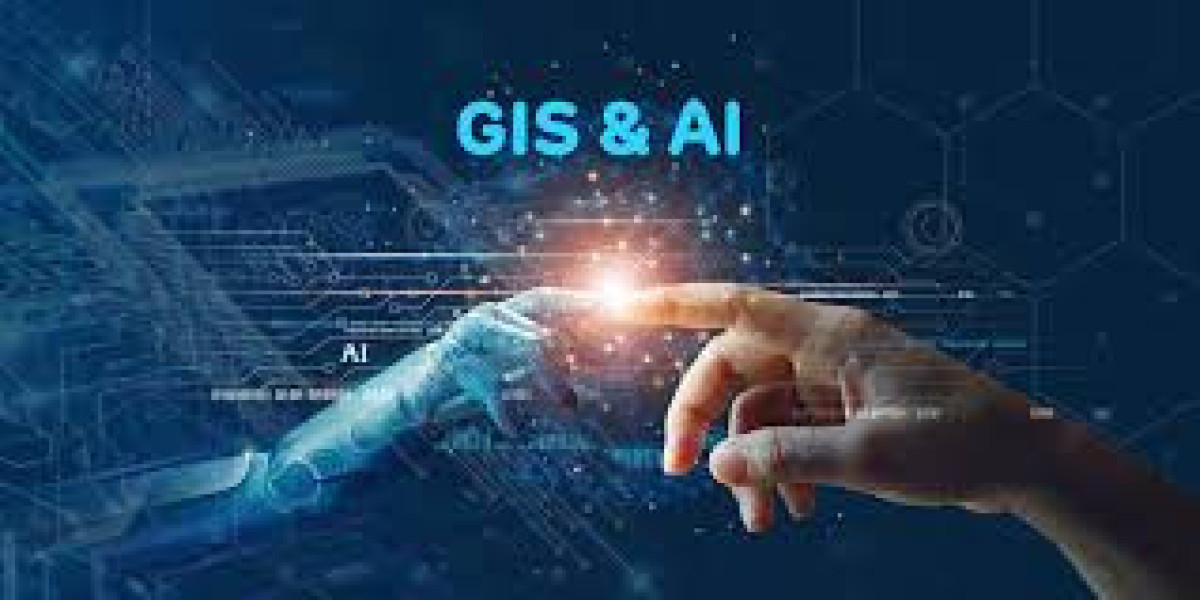A formal Geospatial Analytics Artificial Intelligence Market Competitive Analysis, using the structured framework of Porter's Five Forces, reveals a unique and complex industry structure. The market is defined by a high degree of rivalry between different types of powerful players, significant barriers to entry related to data acquisition and scientific expertise, and a powerful dependency on the underlying cloud platforms. Understanding these deep structural forces is essential for any company—from a satellite operator to an AI startup—to formulate a sustainable strategy in this transformative market. The market's explosive growth potential is the primary magnet attracting immense investment and talent. The Geospatial Analytics Artificial Intelligence Market size is projected to grow USD 591.85 Billion by 2035, exhibiting a CAGR of 28.43% during the forecast period 2025-2035. A structural analysis shows that while the market is highly attractive, long-term profitability and competitive advantage are dependent on owning a unique data asset or a superior AI-driven analytical capability.
The rivalry among existing competitors is high and multi-dimensional. It is a "clash of the titans" where the GIS platform giants (like Esri) compete with the major satellite data providers (like Planet) who are building their own analytics platforms, and both are competing with the powerful native geospatial and AI services of the major cloud providers (like Google). This is not a simple price war, but a strategic battle over who will own the primary platform for geospatial intelligence. The threat of new entrants is mixed. The barrier to entry for a new company to launch its own constellation of satellites is astronomically high, protecting the incumbents in the data supply layer. However, the barrier to entry for a new software startup to build a novel AI model that runs on top of existing data sources and cloud platforms is much lower, leading to a constant stream of innovative new application providers.
The other forces in the model highlight the market's unique power dynamics. The bargaining power of buyers (the enterprises and governments consuming the analytics) is moderate to high. They can often choose between different data sources and different analytics platforms. However, for certain unique datasets or analytical capabilities, there may be few alternatives, which reduces buyer power. The bargaining power of suppliers is a critical factor. The primary "suppliers" are the cloud hyperscalers who provide the essential computing infrastructure and foundational AI models. They hold immense power over the entire ecosystem. The suppliers of unique sensor hardware (like high-end LiDAR systems) also have significant power. Finally, the threat of substitute products or services is moderate and comes primarily from two sources: the increasing availability of high-quality, free and open-source geospatial data (like the Sentinel satellite program) and open-source AI models, which can be a "good enough" substitute for some commercial offerings; and a company's decision to build its own, in-house GeoAI capabilities rather than buying a commercial solution. This analysis reveals a dynamic industry where competitive advantage is a constant and shifting battle over data, algorithms, and platform control.
Top Trending Reports -








